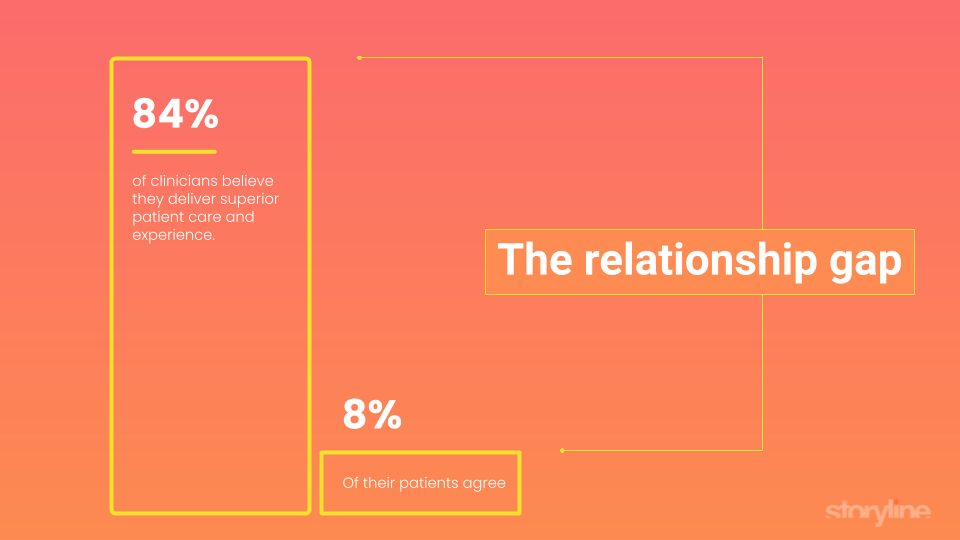Unlock the Power of Patient Emails: A Deep Dive into 23 Must-Have Templates
/Ever wondered why your state-of-the-art clinic isn't seeing the patient engagement you expected? You've got the latest IPLs, top-of-the-line cosmetic lasers, and a team that's the envy of the industry. But let's face it: If your email game isn't strong, you're leaving money on the table. A lot of it.
You see, in the hyper-competitive world of cosmetic medical practices, every touchpoint with your patient matters. And guess what? Email is often the most underutilized touchpoint. Shocking, right? Especially when you consider that for every $1 spent on email marketing, the average ROI is a staggering $42. Yet, many clinics either lack a robust email strategy or, worse, execute one so poorly it might as well be non-existent.
So, what's the fix? Glad you asked. You're about to dive into a treasure trove of 23 essential email templates that will not only revolutionize your patient communication but also drive those conversions through the roof. We're talking about emails that work—emails that patients open, read, and act upon.
Intrigued? You should be. Because what follows isn't just a list; it's a game-changer for your practice. Get ready to unlock actionable insights and proven strategies that will make your emails the powerhouse they deserve to be.
Your Emails Are Invisible, Even If You Don't Know It
You're a top-tier physician. Your skills are unparalleled, and your clinic is a marvel of modern medicine. But let's get real: Your emails are probably going straight to the spam folder, or worse, being ignored altogether. You're not alone; many physicians in retail medicine face this issue. But the good news? It's fixable.
The High Cost of Ignored Messages
Think about it. Every ignored email is a missed opportunity—a lost chance for patient engagement, a failed attempt at upselling services, or even worse, a potential patient who opts for a competitor. The stakes are high. In a market where every patient counts, can you afford to have your emails ignored? The answer is a resounding "No.
23 Game-Changing Email Templates
Here's where the magic happens. You don't need to reinvent the wheel; you just need to know which wheel to use. Introducing 23 meticulously crafted email templates designed to cover every conceivable touchpoint in your patient's journey. From appointment reminders to post-treatment follow-ups, these templates have got you covered.
And the best part? They're not just templates; they're a masterclass in effective communication. Crafted from 15 years of industry experience, these templates are your shortcut to email marketing success.
Don't just take my word for it. Clinics that have implemented these templates have seen open rates soar by up to 60% and conversion rates double. That's not just impressive; it's transformative. And it could be your reality too.
Instant Access to Your Game-Changing Toolkit
You're a busy physician; we get it. That's why we've made accessing these 23 game-changing email templates as effortless as possible. No need to wait or jump through hoops. Click the link below, and you'll get instant access to a downloadable PDF that you can start using right now. It's that simple.
Download it free here.



































